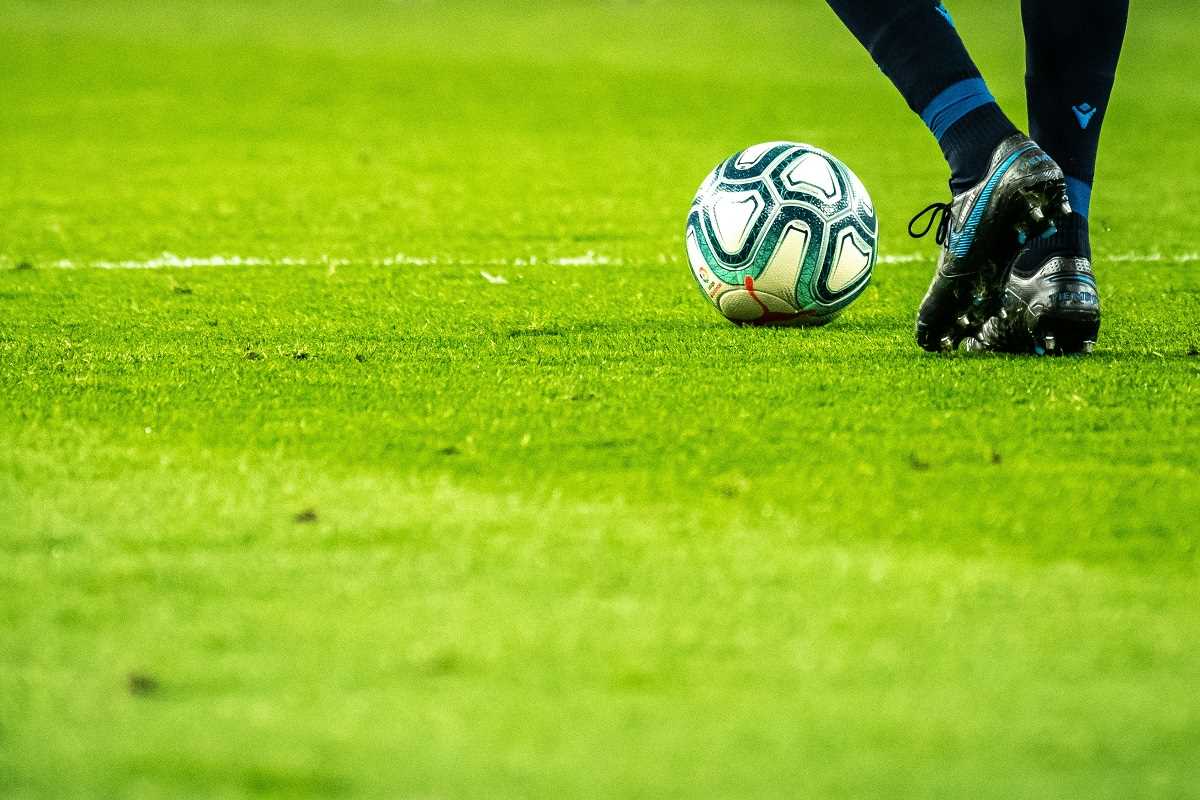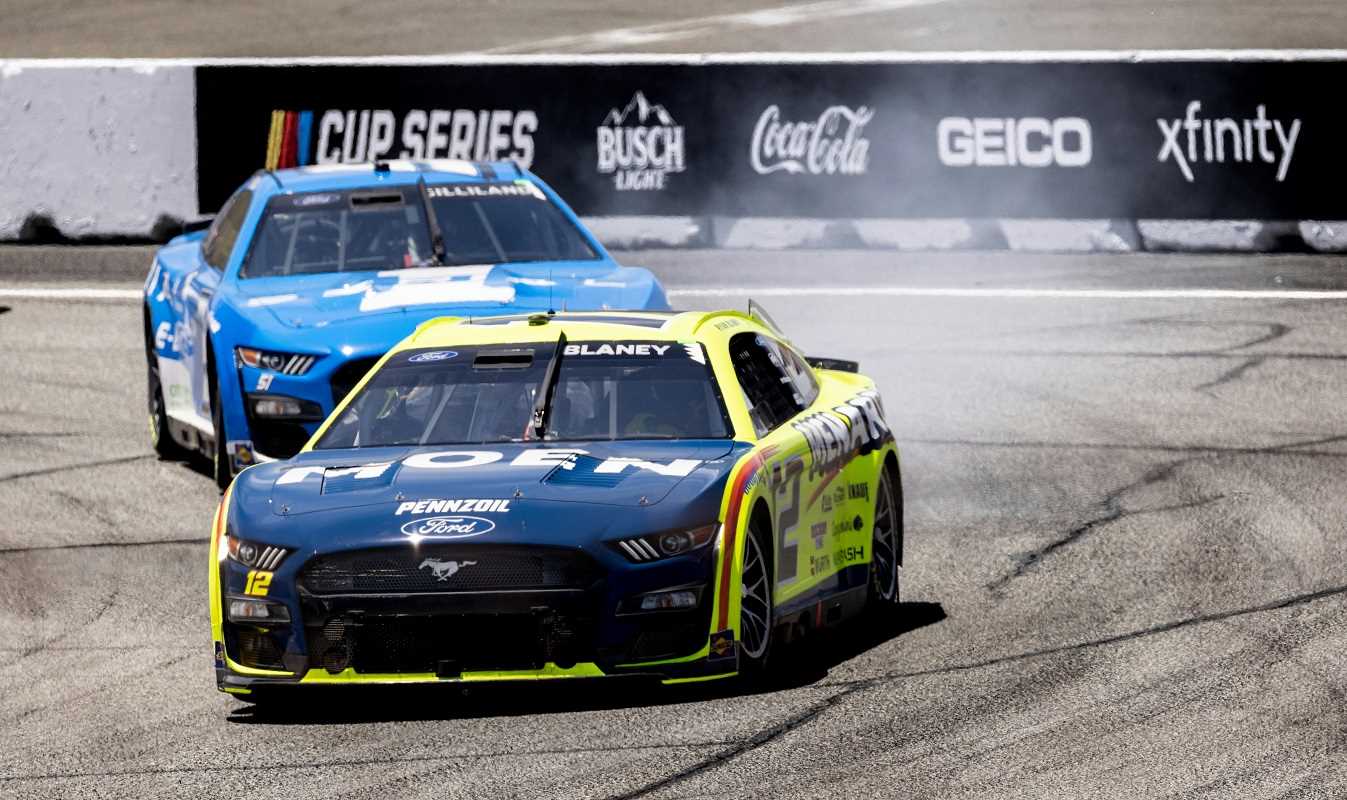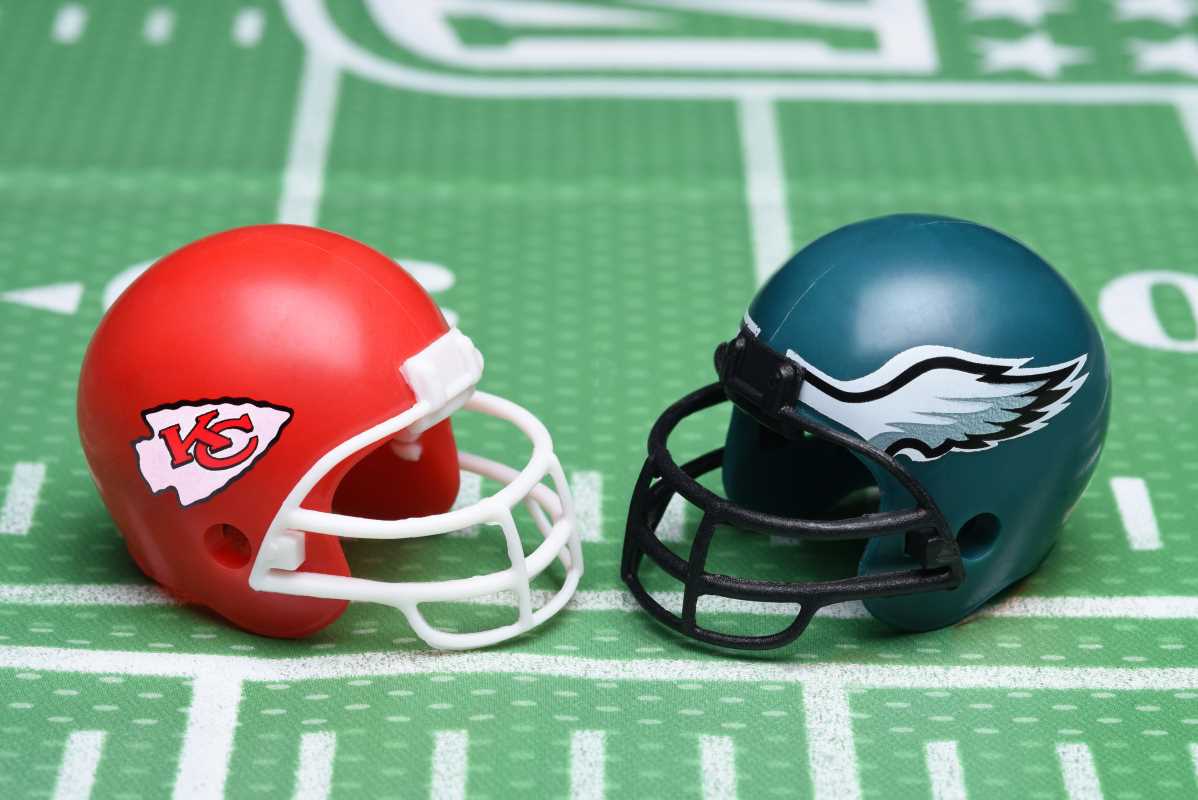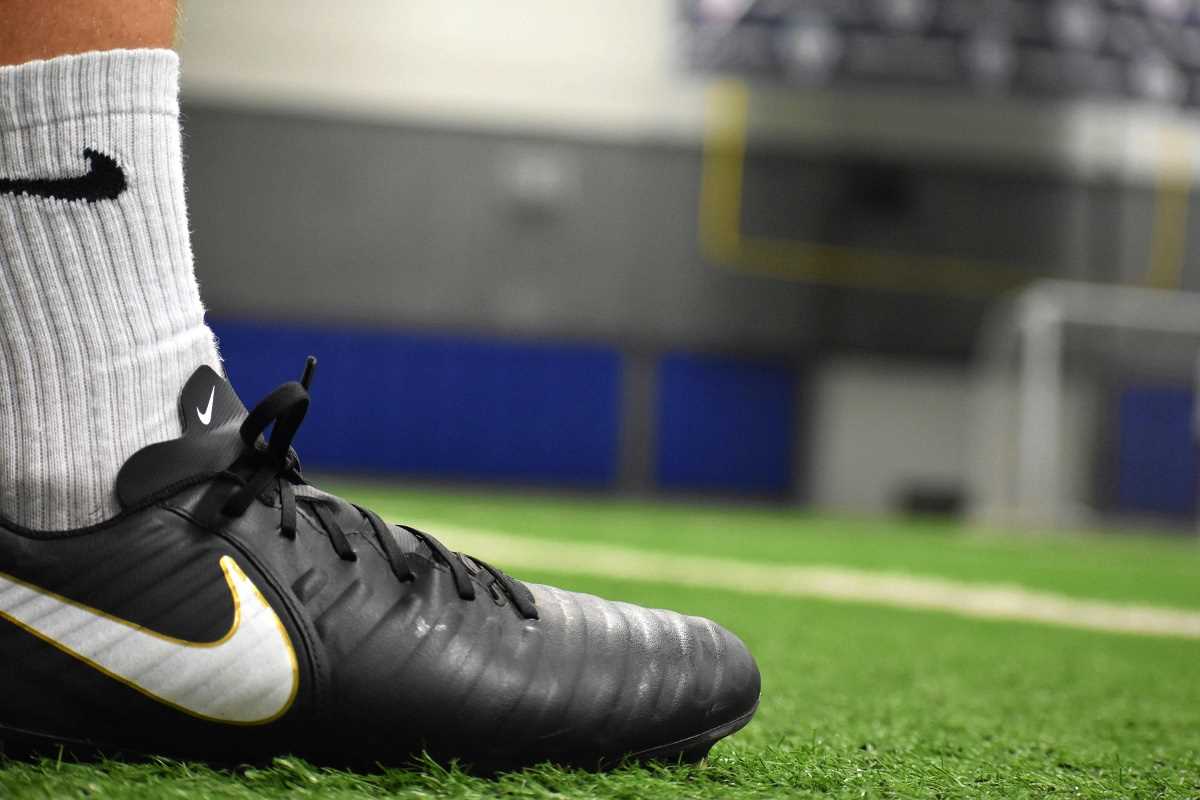Formula 1, known for its high-speed thrills and close competition, thrives on a delicate balance of skill, strategy, and regulations. This balance ensures fairness and safety in a sport where every fraction of a second counts. Ahead of the 2025 season opener in Melbourne on March 16, the FIA has released updates to the Sporting Regulations, tackling specific loopholes and incidents that created ripples in 2024.
Two key changes stand out among these new regulations. They address very specific situations on the track, ensuring safer races and a fairer playing field. Let's take a closer look at these updates and their potential impact on the 2025 Formula 1 season.
Revision of Article 26.10 – Clearing Track and Debris
One of the most significant updates focuses on how damaged cars are handled during a race. The revised Article 26.10 requires drivers to leave the track immediately if their car poses a risk due to structural damage or cannot return to the pit without hindering other competitors.
The rule reads as follows:
“Any driver whose car has significant and obvious damage to a structural component which results in it being in a condition presenting an immediate risk of endangering the driver or others, or whose car has a significant failure or fault which means it cannot reasonably return to the pit lane without unnecessarily impeding another competitor or otherwise hindering the competition must leave the track as soon as it is safe to do so.”
This change comes after Sergio Perez’s crash during the 2024 Canadian Grand Prix. Perez, driving a damaged RB20, made his way back to the pit lane instead of pulling over, raising safety concerns and sparking controversy. While he received a three-place grid penalty, the decision to avoid deploying a safety car at that moment shifted the dynamics of the race, arguably benefiting his teammate Max Verstappen.
Now, the updated Article 26.10 empowers the race director to instruct teams to demand their driver pull over if their car is deemed unsafe or likely to disrupt the competition.
What This Means for Teams
This rule changes how teams handle incidents on track. Knowing that a heavily damaged car could lead to an immediate withdrawal might shift priorities during repairs or adjustments. Teams will be less willing to gamble on trying to nurse damaged cars back to the pits, knowing it may draw penalties or immediate retirements.
Drivers, too, must exercise heightened awareness. Ideally, they would work closely with race engineers to assess whether their car is in a state to continue safely.
Strategically, this update will encourage greater caution among drivers who might otherwise push on after an incident, adding a layer of complexity to split-second decisions during races.
Revision of Article 43.8 – Pit Lane Starts and Formation Laps
The second notable revision addresses how cars starting from the pit lane are handled during the formation lap. Previously, teams occasionally delayed pit lane starters in their garages until the on-track formation lap was completed. While the rule allowed for flexibility, it raised questions of fairness and created potential loopholes.
Under the updated Article 43.8, cars starting from the pit lane must now participate in the formation lap. After completing the lap, they return to the pit lane and start the race from its end. Here’s how the updated regulation reads:
“Once all cars on track have passed the end of the pit lane on the formation lap, the pit exit will be opened and all cars starting from the pit lane able to do so must leave the pit lane and join the formation lap.”
This measure essentially eliminates delays or tactical maneuvers from teams looking to keep their pit lane starters out of the limelight until the last moment.
Closing Loopholes
This update is a clear signal from the FIA to prevent manipulation of pit lane start procedures. While it might seem like a minor adjustment, the potential for unfair advantages in the previous setup was significant. For instance, delaying a pit lane starter could allow teams to gather crucial data about competitors on the formation lap without committing to a strategy until the very last moment.
Expect teams that rely on pit lane repairs or set-ups between qualifying and the race to rethink their race-day plans. The added requirement to join formation laps will also ensure all cars, including those in pit starts, adhere to consistent race protocols.
Safety and Fairness at the Heart of the Changes
Both updates reflect the FIA’s broader mission to close regulatory gaps while making the sport safer and fairer. Formula 1's high-stakes, unpredictable nature means that even seemingly minor adjustments, like handling damaged cars or pit lane routines, can have far-reaching consequences.
The switch from reactive penalties, like grid drops, to proactive measures, such as enforcing immediate withdrawals for compromised cars, seeks to minimize risks to drivers and other competitors. Simultaneously, the pit lane start change brings greater transparency and fairness to an often-overlooked aspect of race-start procedures.
Challenges for Teams in Adapting
These new regulations require teams to rethink several aspects of their approach. Firstly, race engineers and strategists must work with drivers to conservatively evaluate potential risks. The revised Article 26.10 leaves little room for error, as any misjudgment could result in a forced retirement, damaging championship points prospects.
Pit lane procedures will also demand tighter coordination between race directors and engineers. With no room to hold back pit lane starters during the formation lap, teams must be ready to manage quicker car status and strategy decisions.
Potential Impact on the 2025 Season
For fans, these changes promise to deliver a safer and more dynamically competitive season. The number of cars limping on track, creating potential hazards, or disadvantaging others should decrease significantly. At the same time, ensuring a level playing field for pit lane starters ensures races remain fair from the outset.
Looking ahead to the opening race in Melbourne, teams like Red Bull, Mercedes, and Ferrari will likely prioritize simulation runs and operational adjustments during winter testing to incorporate these new rules.
While only time will reveal the full effect of these regulatory changes, one thing is certain – the 2025 season promises to be one filled with drama, innovation, and relentless competition – all supported by the latest wave of FIA's forward-thinking interventions.
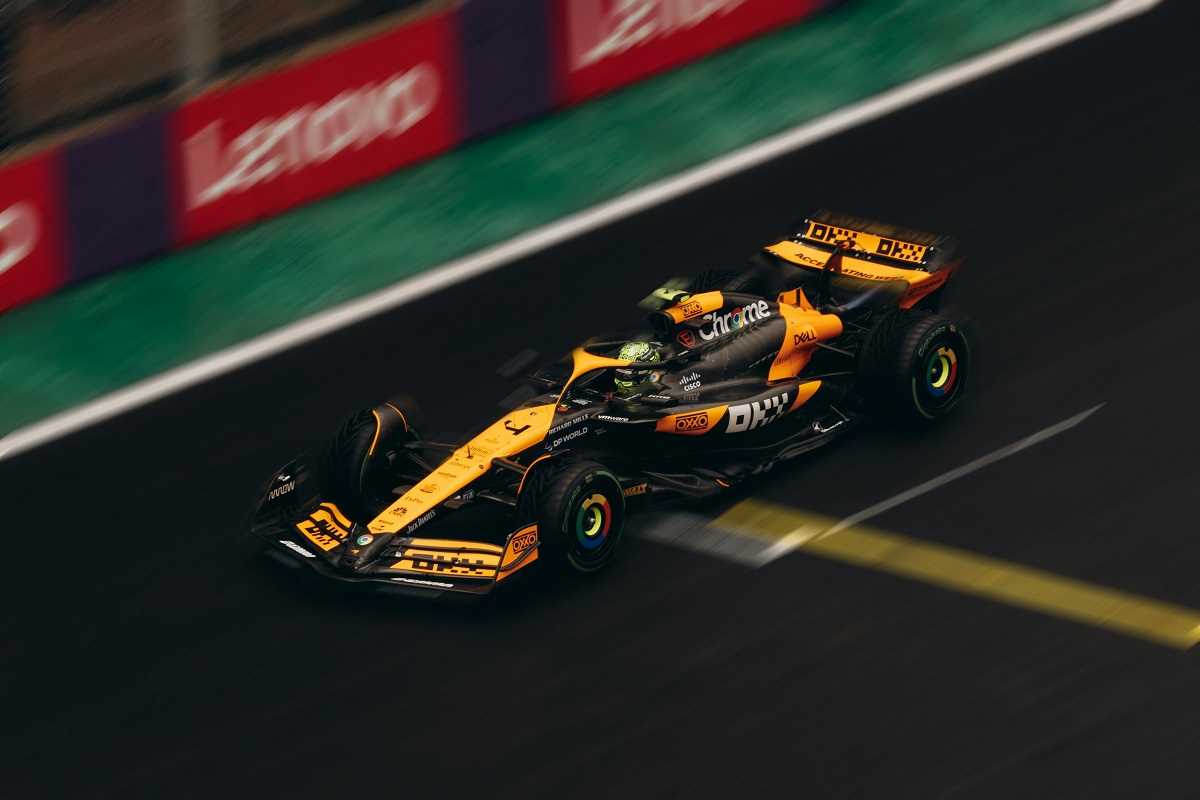 (Image via
(Image via